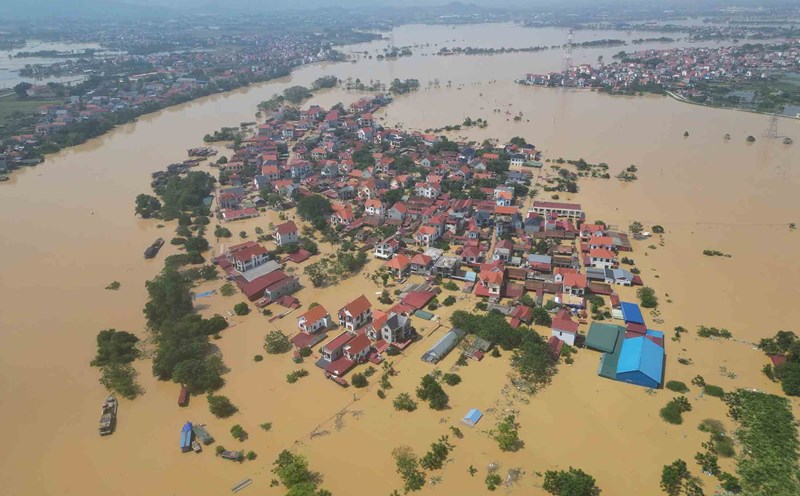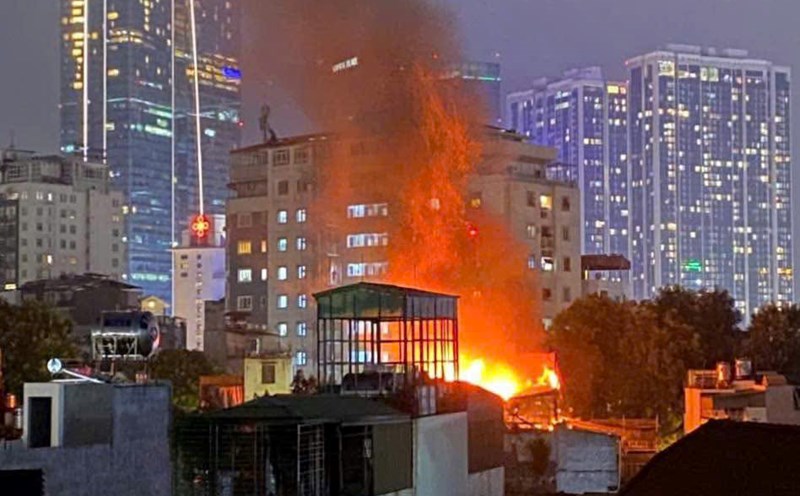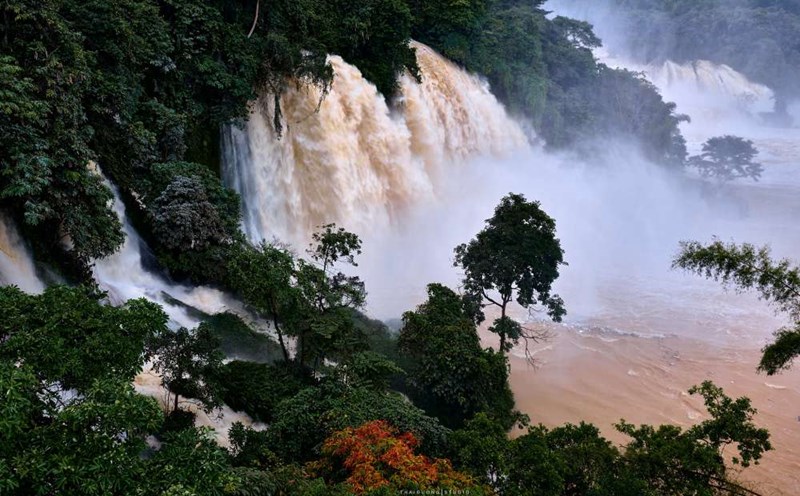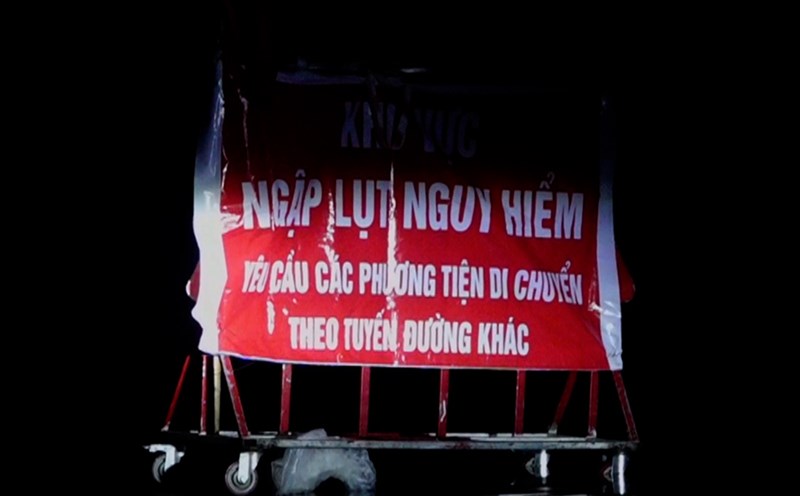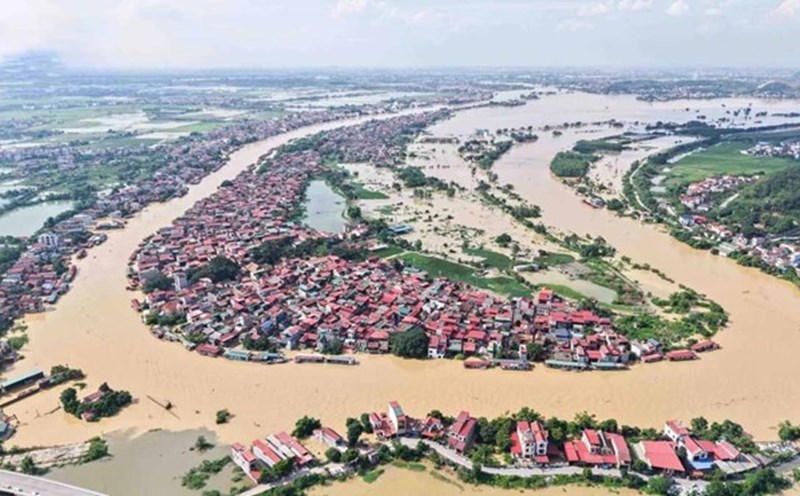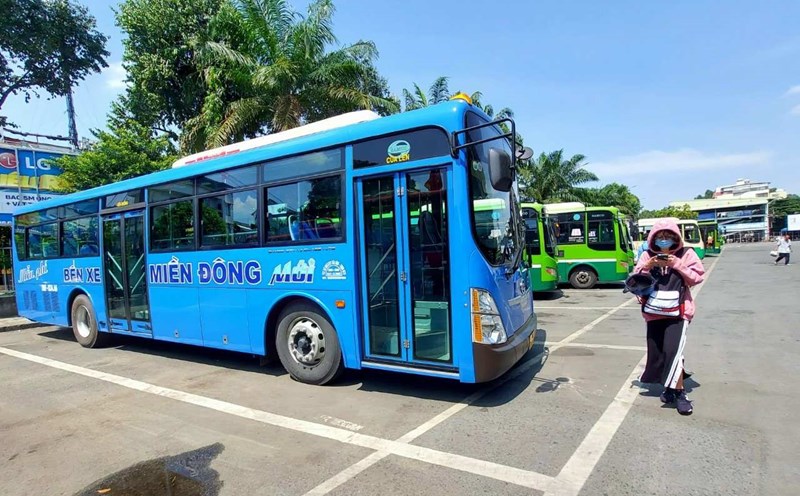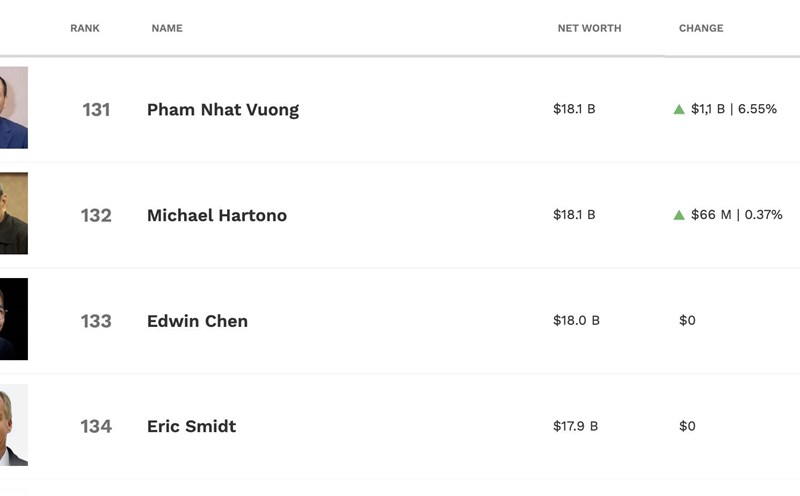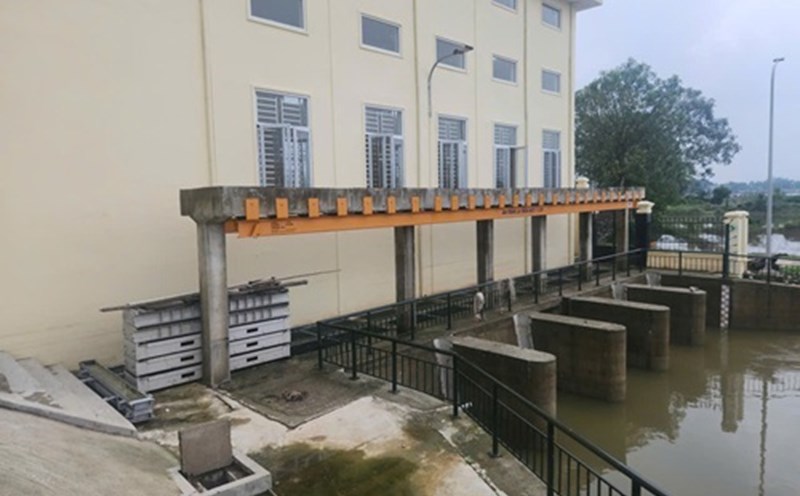Adaptive architecture, towards a sustainable urban area
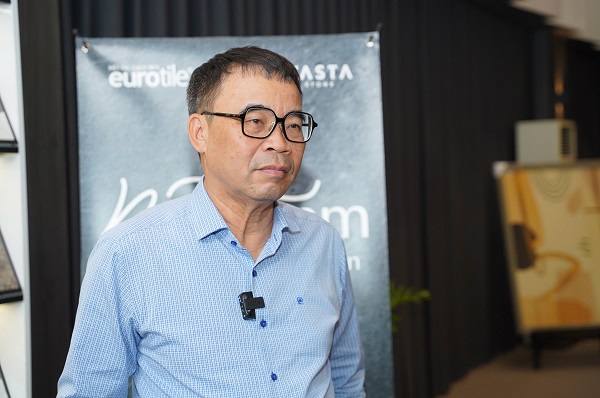
Talking to Lao Dong Newspaper on the sidelines of the "Net Cham Pavilion" event, Architect Phan Dang Son - Chairman of the Vietnam Association of Architects said that the problem of flooding in urban areas is not yet fully solved, especially when the rainfall exceeds 200300 mm in a short time.
The flood can drain quickly, but with the recent level of rain, most cities in Vietnam do not have enough infrastructure capacity to meet the demand. Therefore, the long-term solution must come from planning, architectural design and material selection, said Mr. Son.
According to him, Vietnamese architecture needs to update advanced scientific and technical solutions in the world, while inheriting traditional values in construction.
For example, in many ancient villages, Vietnamese people know how to design a house foundation higher than the ground, use a quick drainage brick yard and clear ponds around residential areas.
"We can completely inherit that spirit in modern planning, by clearing water surface space, applying anti-flooding foam foundations, or creating regulating lakes in residential areas," Mr. Son proposed.
He also noted that the "toning transformation" situation is making the city increasingly suffocating. When the pond is filled, the water absorption area naturally decreases, and each heavy rain leads to heavy flooding.
"If the upcoming urban planning does not seriously reserve the penetration area and water storage space, then no matter how much infrastructure investment is still not enough. Green cities, good cities must become a resolution for sustainable development, not just a slogan, Mr. Son emphasized.
From a practical perspective, architect Phan Dang Son believes that applying traditional flood prevention solutions combined with modern technology is a suitable direction for Vietnam.
For example, in many countries, "sponge city" models have been deployed, helping rainwater seep into the ground instead of overflowing on the surface.
Vietnam can completely experiment with this model in rapidly developing cities. We need to both do and learn from experience, to achieve sustainable results," he added.
Many types of bricks and stones can contribute to flood prevention
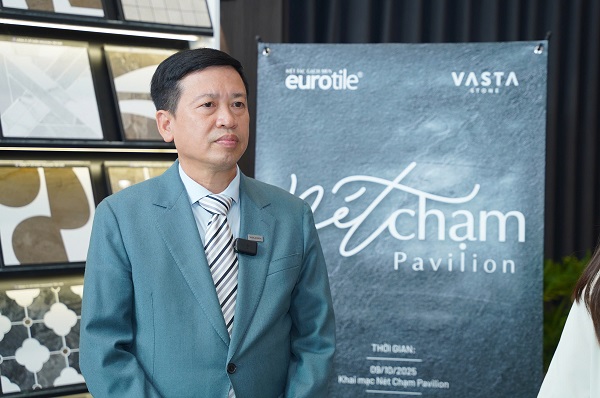
Discussing types of construction materials to prevent flooding in Vietnam at the Kien - touch - Dinh seminar on October 10, Mr. Mai Xuan Duc - General Director of Viglacera Brick and Boarding Trading Joint Stock Company said that climate change in recent years has become "huge", with deep flooding occurring in many places. In that context, construction materials solutions need to aim at the ability to adapt to nature instead of completely resisting.
Mr. Mai Xuan Duc said that the unit has also produced specialized products for harsh environments, such as 20 mm thick ceramic tiles for gardens - with high hardness, good impact resistance, and at the same time allowing water to penetrate the stream and seep into the rock foundation below, helping to reduce water stagnation.
"Currently, many projects are overusing concrete, pouring all the foundation and then paving it with bricks, causing the ability to drain water to be eliminated. If recalculated from the foundation, gravel, and bricks, the water will absorb and not cause localized flooding, Mr. Mai Xuan Duc analyzed.
According to him, new materials such as Vusta Stone da are a new direction for the materials industry. This is a light, durable stone that can withstand temperature fluctuations and farts, and is environmentally friendly.
This material solution not only competes with nature but also contributes to reducing the load on the foundation, saving energy during production and use. We need to think about new architecture - both sustainable and accompanying nature", Mr. Mai Xuan Duc emphasized.
It can be said that material products that are drainage-proof, heat-resistant, and anti-ultraviolet rays, along with open-air - air-conditioned - energy-saving architectural solutions, not only help the project become more sustainable but also contribute to reducing carbon emissions, towards Vietnam's Net Zero 2050 goal.

